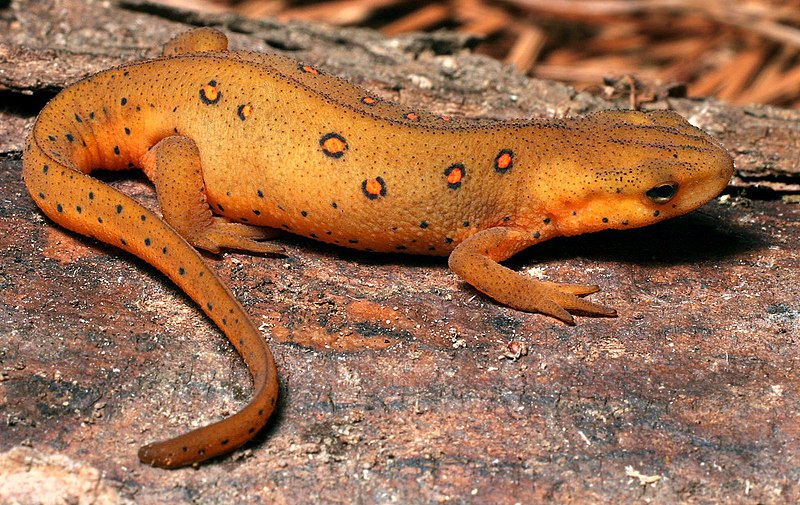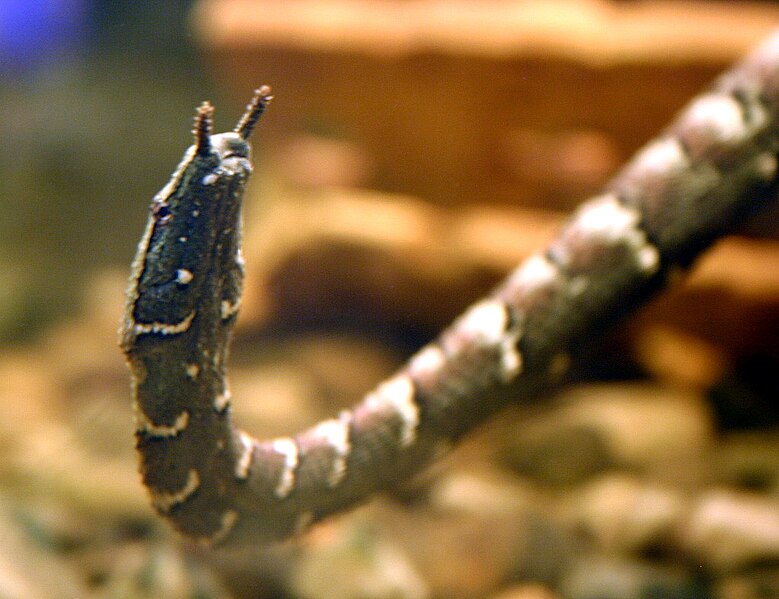 Undergravel filters were considered to be indispensible pieces of equipment when I first began setting up marine aquariums decades ago. Encouraged by success in using them with creatures ranging from seahorses to octopuses, I began to experiment with herp enclosures. I eventually came to rely heavily upon undergravel filters in my own collection, and for large zoo exhibits. Though now out of favor, this highly effective tool deserves a second (or first!) look by herp-keepers.
Undergravel filters were considered to be indispensible pieces of equipment when I first began setting up marine aquariums decades ago. Encouraged by success in using them with creatures ranging from seahorses to octopuses, I began to experiment with herp enclosures. I eventually came to rely heavily upon undergravel filters in my own collection, and for large zoo exhibits. Though now out of favor, this highly effective tool deserves a second (or first!) look by herp-keepers.
Getting Started
I’ll refer you to a great article on That Fish Blog, Using Undergravel Filters to Their Full Potential (please see below), for details concerning set up and maintenance. The points raised there are essential to understand if you are to successfully use an undergravel filter. I’ll focus here on my experiences and some fine points I’ve picked up along the way.
Biological Filtration
When considering undergravel filters, it’s important to bear in mind that biological filtration – the breakdown of ammonia to nitrites and nitrates – is the most important function of a filter (please see article below). Despite their seeming simplicity, undergravel filters excel at this – essentially turning your aquarium’s substrate into a giant biological filter. In fact, I’ll echo the sentiments of their early proponents (i.e. Robert Straughan in the classic Salt Water Aquariums in the Home) by saying that it is almost impossible to foul the water in an aquarium serviced by a properly-maintained undergravel filter.
Mechanical filtration is provided as well, and carbon cartridges can be attached to add a degree of chemical filtration. Best of all, there are no cartridges or filtering mediums to clean or replace!
Undergravel Filters at Work
 In the course of researching this article, I spoke with friends working at public aquariums and confirmed that, as in years past, some truly huge exhibits are still equipped solely with undergravel filters. At the Bronx Zoo, I used undergravel filters alone on large exhibits housing Tentacled Snakes, Northern Water Snakes and aquatic turtles – all of which are very hard on water quality and clarity.
In the course of researching this article, I spoke with friends working at public aquariums and confirmed that, as in years past, some truly huge exhibits are still equipped solely with undergravel filters. At the Bronx Zoo, I used undergravel filters alone on large exhibits housing Tentacled Snakes, Northern Water Snakes and aquatic turtles – all of which are very hard on water quality and clarity.
In my own collection, I’ve relied on undergravel filters since childhood, again using them with messy creatures such as Diamondback Watersnakes (please see photo), Musk Turtles and Bullhead Catfishes. One such well-planted tank of mine has been continuously in operation for over 20 years without a single problem, despite the deaths of large inhabitants that could have sent ammonia levels soaring.
Situations Calling for Undergravel Filters
Undergravel filters may be preferable to other filters in the following situations:
Complex set-ups with live plants that cannot easily be broken down and cleaned.
Tanks housing filter-feeding tadpoles or salamander larvae that consume brine shrimp and other tiny food items that might otherwise be filtered out of the water.
Enclosures stocked with weakly swimming animals that cannot abide strong currents (water flow is directed upward), such as Dwarf Clawed Frogs and Eastern Newts.
Aquariums with low water levels or land and water areas. Outflow tubes and filter plates can be cut to any size, so that even small, naturalistic soaking areas or “ponds” can be filtered.
Tips and Optional Equipment
When doing periodic water changes (please see this article), press the siphon’s head directly against the filter plate to remove detritus trapped below. You can also clean below the plate by removing the filter’s outflow tubes and inserting a siphon into the resulting hole.
Use care in selecting gravel or sand, lest your pets ingest it and suffer an impaction; please write in for details.
 Nutrafin Cycle contains live aerobic bacteria and is an excellent means of seeding new filters or boosting the function of established systems. Please see the article below for more on this topic. Gravel from an aquarium with an established filter in place is also useful for these purposes.
Nutrafin Cycle contains live aerobic bacteria and is an excellent means of seeding new filters or boosting the function of established systems. Please see the article below for more on this topic. Gravel from an aquarium with an established filter in place is also useful for these purposes.
Power heads can be used in place of air pumps to increase water flow through the gravel bed. You can also set up a reverse-flow system, which will lessen the amount of detritus that becomes trapped in the substrate; please write in for details.
Submersible filters designed for use with reptiles offer a simple means of adding to your undergravel filter’s effectiveness.
A battery-operated air pump should be kept on hand for use during power outages. The aerobic bacteria upon which the filter depends will die if deprived of an oxygen source.
Fluidized bed filters, mounted outside the aquarium, rely upon the same principles as undergravel filters and are a highly effective option.
Further Reading
Proper Use of Undergravel Filters
Using Bottled Aerobic Bacteria
Eastern newt image referenced from wikipedia and originally posted by Patrick Coin
Tentacled Snake image referenced from wikipedia and originally posted by Ryan Somma
 That Reptile Blog – Reptile, Amphibian and Exotic Pet Care and Information
That Reptile Blog – Reptile, Amphibian and Exotic Pet Care and Information



Interesting article Frank .. although i have kept many aquariums in the past and i still do keep a small number up to this day i have never even thought of the Under-gravel Filter..i always considered them to much of a fuss and if i needed to do some fixing for any reason i would need to take apart pretty much all the aquarium.they do have some benefits as you mentiont but they are still not for me.
Hello Mike, Frank Indiviglio here.
Thanks for your thoughts. I think the fact that the filter plates are located beneath the gravel puts many people off. However, as long as the gravel is cleaned with a siphon-based gravel washer regularly, all will go well, as there are no moving parts other than the air pump; but if this chore is neglected, water flow will be impeded and the filter will be far less effective.
Good luck, enjoy and please keep me posted.
Best regards, Frank Indiviglio.